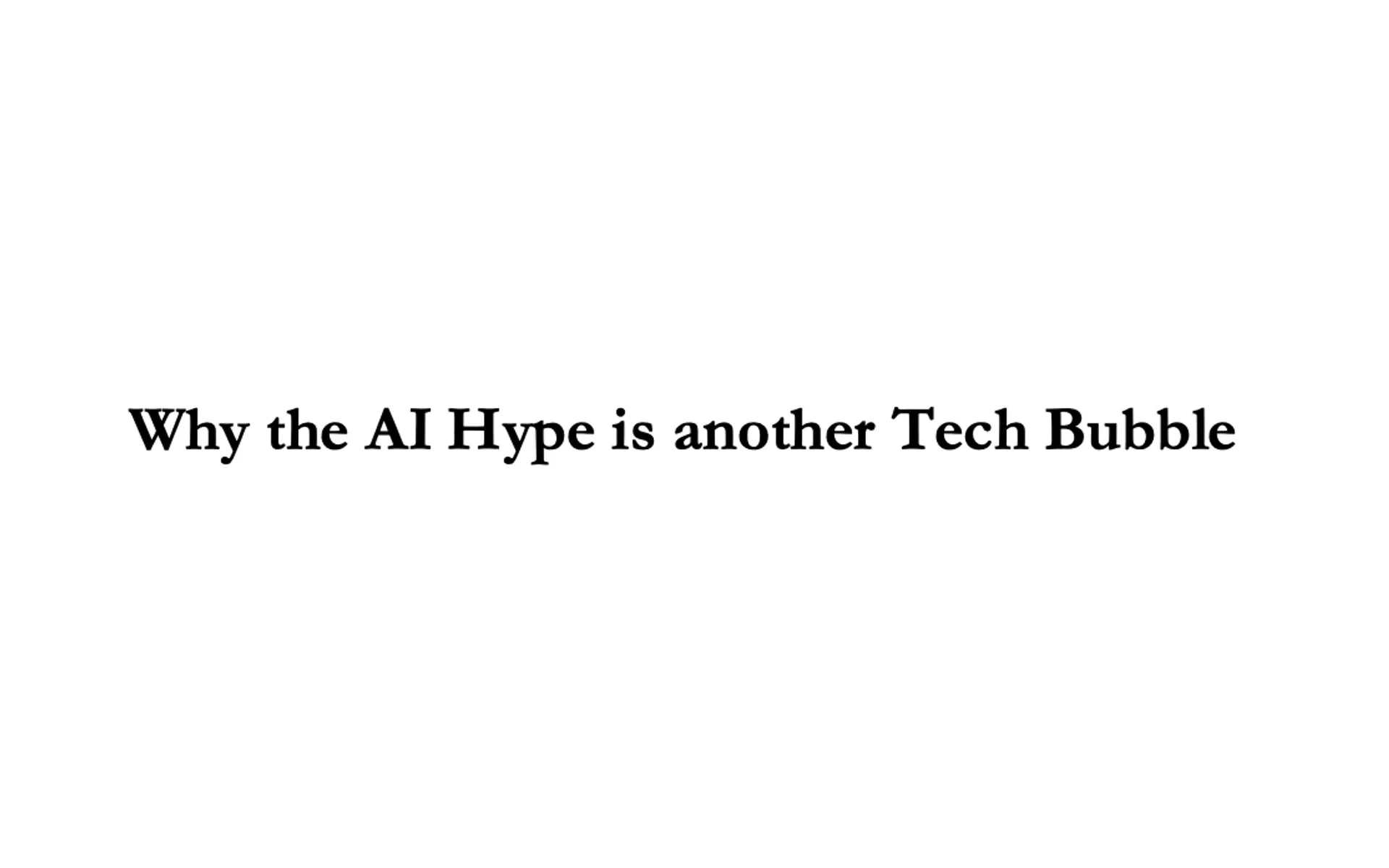Yale Study: AI Market shows classic tech bubble signs similar to dot-com era crash
New research reveals concerning parallels between current AI boom and past tech bubbles, warning of potential market correction.

According to new research from Yale University's Digital Ethics Center, the current artificial intelligence (AI) hype cycle exhibits striking similarities with previous tech bubbles, raising concerns about an impending market correction. The comprehensive analysis, published by Professor Luciano Floridi, examines how the AI sector mirrors patterns seen in five major tech bubbles of the past decades.
The research identifies several critical indicators suggesting the formation of an AI bubble. According to Floridi's analysis, OpenAI had reportedly consumed $8.5 billion on AI training and staffing by July 2024, potentially heading toward a $5 billion loss. Despite these figures, investors valued the company at over $100 billion in the secondary market by August 2024.
The study highlights how traditional financial metrics are being replaced by new, potentially flawed measures of value. Instead of focusing on conventional indicators like Return on Investment (ROI) or Price-to-Earnings ratios, the market emphasizes metrics such as model parameters, GitHub stars, and AI benchmark performance.
Historical patterns show consistent warning signs
According to the research, five major tech bubbles since the 1990s demonstrate remarkably similar characteristics:
- The Dot-Com Bubble (Late 1990s – Early 2000s)
- The Telecom Bubble (1996-2002)
- The Chinese Tech Bubble (2014-2015)
- The Cryptocurrency Bubble (2011-2024)
- The Tech Stock Bubble (2020-2021)
AI sector shows critical bubble indicators
The study identifies five key characteristics present in previous bubbles that are now visible in the AI sector:
- Disruptive Core Technology: AI is being marketed as a universal solution across industries
- Speculation Exceeding Reality: Investment levels outpace actual technological capabilities
- New Valuation Methods: Traditional financial metrics are being replaced by unorthodox measures
- High Retail Investor Participation: Individual investors are increasingly involved
- Regulatory Gaps: Current frameworks struggle to keep pace with AI developments
Additional risk factors emerge
The research points to several other concerning trends in the AI sector:
- Companies rushing to incorporate AI without clear implementation strategies
- Startups achieving billion-dollar valuations despite limited revenue
- Unprecedented salary inflation for AI talent, sometimes exceeding $1 million
- Media amplification creating feedback loops that further inflate expectations
- Focus on short-term gains over sustainable value creation
- Signs of overleveraged investments in the AI space
Historical context suggests cautious approach
According to the study, historical precedents suggest that technological revolutions require significant time for meaningful implementation. The research points to electricity as an example, which took 30 years from initial power stations to widespread industrial adoption.
Regulatory landscape remains uncertain
The study notes that while the EU has recently approved its AI Act, much of the US legislation relies on state-level initiatives. At the time of publication, Colorado had enacted the first comprehensive state-level AI legislation, with Connecticut expected to follow in 2025.
Research recommends strategic response
The study outlines several key recommendations to minimize potential negative impacts:
- Focus on sustainable business models and real-world applications
- Maintain balanced perspective on AI capabilities and limitations
- Adopt longer-term strategic planning
- Support development of comprehensive regulatory frameworks
- Promote broader technological understanding and financial literacy
Market implications
While acknowledging AI's transformative potential, the research suggests the technology's implementation and impact will likely be gradual rather than immediate. The study indicates that distinguishing between AI's genuine potential and unrealistic promises will be crucial for sustainable market development.
Key Facts
- Study conducted by Yale University's Digital Ethics Center
- Analysis covers five major tech bubbles from 1990s to present
- OpenAI reportedly spent $8.5 billion on AI development by July 2024
- Company valued at over $100 billion in secondary market by August 2024
- Colorado became first state to enact comprehensive AI legislation
- EU AI Act recently approved
- Connecticut expected to implement AI legislation in 2025

